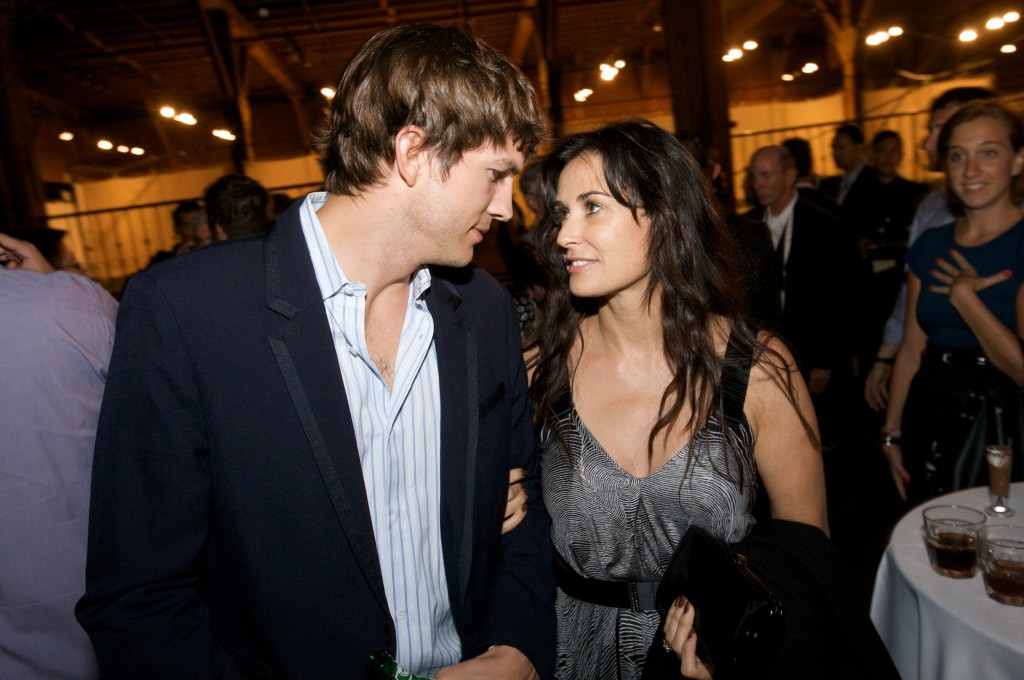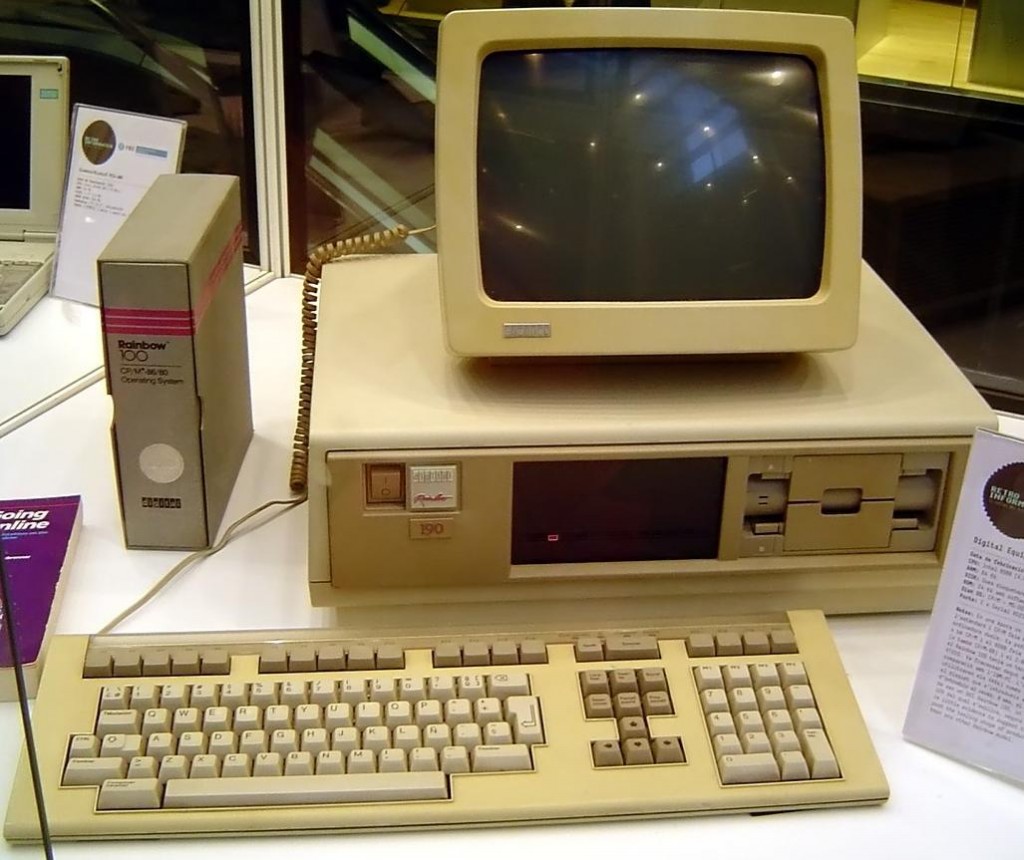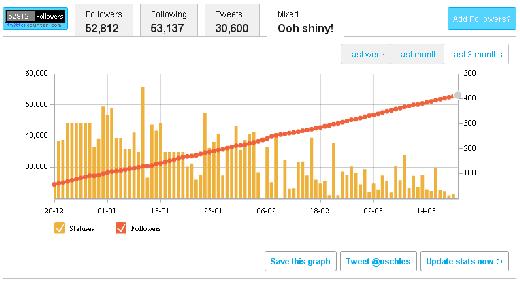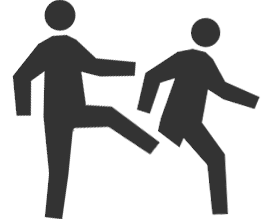As you all know, there are quite a lot of celebrities on Twitter and more are joining every day. I noticed that there are roughly three categories of celebrity following… and yet there seem to be inexplicable (?) exceptions.
Let me emphasize, this is not a scientific study, just my general impression. However, my brain usually works by classifying things. There are plenty of other examples in my blog…
On this note, I have to say, doesn’t Twitter have a name suggestion mechanism?! It took me quite a while to find some of these celebrities. Eventually I discovered that the easiest way is going to Google, typing the name, seeing the suggestion (which was always right) and using it. Come on, Twitter – can’t you do the same? I remember considering doing this for an eCommerce application I wrote 8 years ago, wasn’t supposed to be hard.
Celebrities are easy to recognize on Twitter. They either have the verified tag next to their name, a ridiculous follower/following ratio, or – quite often – by the fact they “broadcast” – it’s a one way interaction on their end.
First, there are the big celebrities. They don’t need to do anything and still get a large follower base almost overnight.
For example:
- Britney Spears (5,016,111 followers) – she pushed aside the former king of Twitter and is the new reigning queen.
- Lady Gaga (4,251,933 followers)
- Conan O’Brien (1,021,242 followers) – didn’t he just recently join?
- Jim Carrey (1,017,771 followers)
Second, there are the somewhat smaller celebrities who are still household names. Some of them used to be ‘bigger’ in the past but the canceling of their shows or the fact they haven’t been in a big movie recently in a leading role obviously affected their status. Their number of followers is actually reachable by “mere mortals” – I have more followers than most of those I include below.
- Elizabeth Banks (Spiderman, W., Scrubs – 156,579 followers)
- Alyson Hannigan (Buffy the Vampire Slayers, How I met Your Mother – 101,537 followers)
- Jason Segel (How I met Your Mother – 52,941 followers)
- Julie Benz (Dexter, Desperate Housewives – 44,182 followers)
- Kelsey Grammer (Frasier, Cheers – 22,207 followers)
Finally, there are the “minor” celebrities, those who are known to some, but generally are not household names. These can also be of the previous category whose television shows have expired. I have secondary accounts that have more followers than these…
- Diora Baird (The Wedding Crashers, The Texas Chainsaw Massacre: The Beginning – 14,066 Followers)
- Shiri Appleby (Roswell, Life Unexpected, ER – 4,251 Followers)
- Elisabeth Harnoi (Point Pleasant – 1,559 Followers)
Then again, there are some celebrities who ought to belong to the second or even third category yet still have a staggering number of followers.
For example:
- Wil Wheaton (Star Trek: The Next Generation, The Big Bang Theory, Stand By Me – 1,654,037 Followers)
- LeVar Burton (Star Trek: The Next Generation – 1,601,451 Followers)
- Brent Spiner (Star Trek: The Next Generation, Independence Day – 1,366,661 Followers)
All three are known to Trek lovers, but I doubt they are household names. Moreover, considering their main show was canceled in – what, 1994? – isn’t this large number of followers very surprising – they far outrank more household names like Julie Benz. Heck, even Jim Carrey!
Why is that?
In my opinion, this is a result of these celebrities not only being active on Twitter, but also using it as a two-way communication medium. They all communicate with their followers: I didn’t say they speak to everyone but they do talk rather than “broadcast”.
I believe even Ashton Kutcher (4,986,024 Followers) – that despite the fact he’s already a pretty well known name, he is not of the caliber of Jim Carrey in terms of celebrity status, as well Demi Moore (2,732,687 followers) and Alyssa Milano (856,495 Followers). All are not only extremely active Twitter users, but also heavily interact with their followers.
More importantly, to all three this has brought significant Twitter attention. At least in Ashton’s case, I believe this has even translated into success in the real world, being known as the king of Twitter – the #1 most followed person (until last week).
So my advice? Use Twitter as it’s meant to be used. I know you’re busy. We all are. But use Twitter as a two-way communication medium, respond to followers, interact with them. People appreciate not being ignored and want to “touch the stars”. Give it to them. They will appreciate it and you will feel the effect.
I believe that a celebrity who has a very low number of followers is impacted, to some extent, by this – and the opposite is true as well.
Like it or not, Twitter is a measure of sorts of popularity. I would not be surprised if some casting agencies actually check Twitter before they cast an actor. I think it would be wise to do so.












